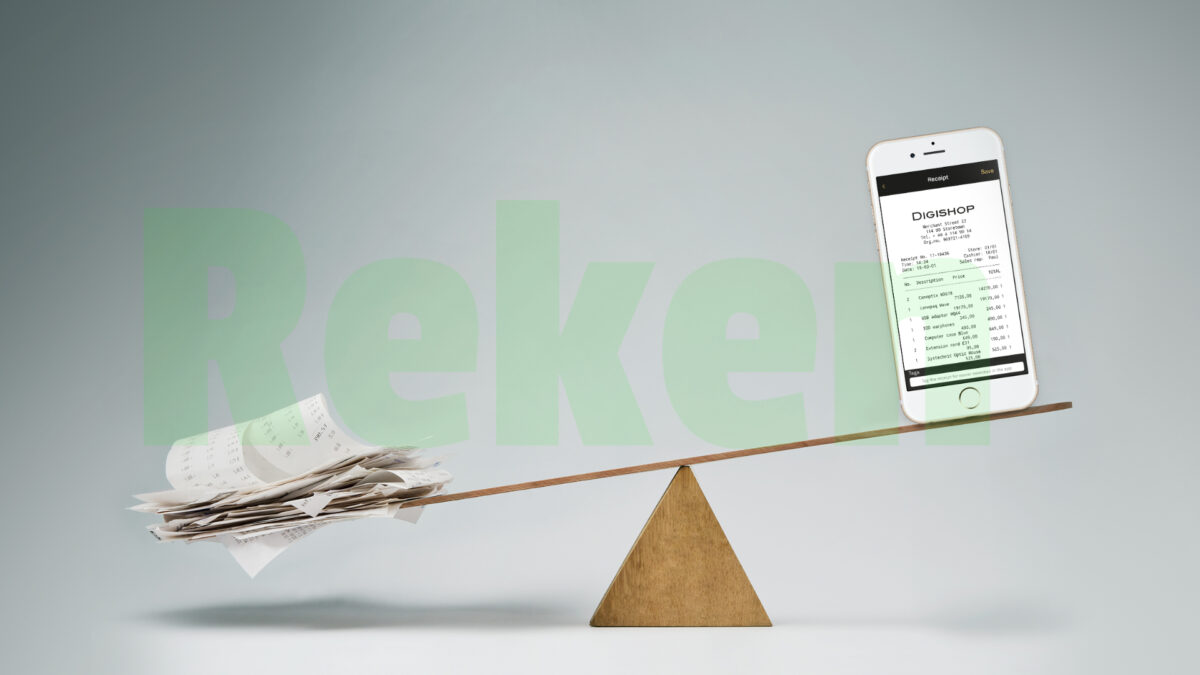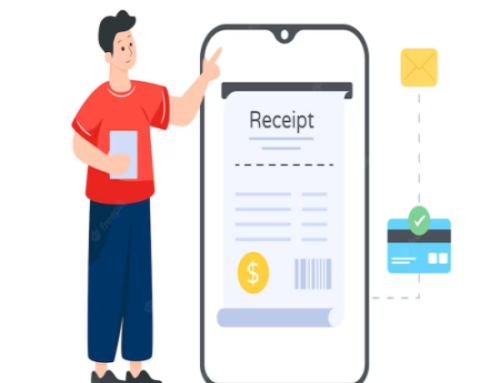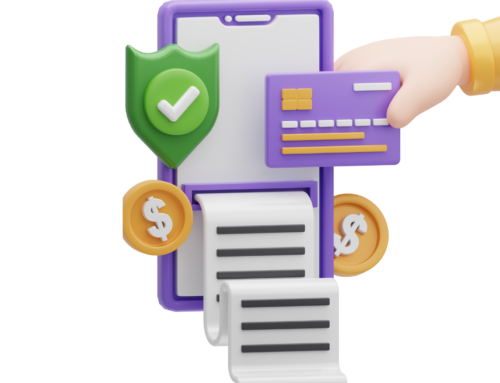Digital receipts, also known as e-receipts, have surpassed paper receipts in popularity over the last decade. However, before you jump on board, you should understand the benefits and drawbacks of digital receipts. Customers nowadays have the option of receiving digital or paper receipts.
The question here is whether or not you should go digital. This post will discuss the benefits and drawbacks of taking this step. We’ll also talk about the future of electronic receipts.
How do digital receipts work, and what are they?
Previously, retailers were required to print receipts for their customers. This meant paying more for paper and ink. To address this issue, technology has provided us with digital receipts that anyone can access thanks to free admin templates for web applications.
Before we can discuss the benefits and drawbacks of digital receipts, we must first define them. They are, as the name implies, digital receipts sent by retailers. This means that a customer receives their receipt via email after making a purchase.
How did the concept of digital receipts emerge? It was a collaborative effort between the Apple Store and several startups. The goal was to deal with the issue of being able to keep going.
How do digital receipts function? Following a purchase, the customer selects the type of receipt desired. If they choose a digital receipt, they provide their email address. The receptionist enters the email into the system, and they receive the receipt electronically within seconds.
The advantage is that the digital receipt system saves the email address. This means that retailers can use it during marketing campaigns to reach out to their customers. With that out of the way, let’s look at the benefits and drawbacks of digital receipts.
The Advantages of Digital Receipts
If you’ve ever used paper receipts, you know how much they cost. Did you know that switching to digital receipts saves billions of dollars worldwide?
Let’s take a closer look at how many paper receipts cost. There is the cost of producing paper, followed by the cost of purchasing it. After purchasing, you will require ink to print on the paper as well as a printer. All of this has an impact on various businesses.
There is no paper involved with digital receipts. This means you’re cutting out any unnecessary expenses. As a result, you can apply such funds to other aspects of your business’s operations.
Enhances marketing
You can’t discuss the benefits and drawbacks of electronic receipts without mentioning marketing, specifically B2B and B2C marketing. This is because the most recent technology used to create digital receipts also stores customer information. In addition, you can send personalized messages with each receipt.
Above all, digital receipts assist retailers in growing their email lists. This makes it simple to send out copies via email and gain repeat business.
Another way e-receipts help your marketing is by gathering customer preferences. You can improve customer targeting with this information. You can now share information with customers based on their purchasing habits.
Simpler storage
Paper receipts take up a lot of physical space in your business. Customers suffer as well, and many receipts are lost as a result. Even if the receipts are not lost, they fade over time.
Digital receipts are a simple way to solve all of these problems. They are less difficult to store because they do not require physical storage space. Many digital receipt platforms allow you to save copies of your receipts in the cloud. Customers can keep their receipts in their email boxes as well.
This means that both customers and retailers have constant access to their receipts. As a result, it enhances your record-keeping and accounting procedures. Finally, they protect you from fraudulent returns, which can harm your business.
The Disadvantages of Digital Receipts
Let’s look at some cons as we continue our discussion of the benefits and drawbacks of digital receipts.
Technical knowledge is required
So you don’t have to be a genius to create digital receipts. Both parties (retailers and customers) must, however, have some technical knowledge. There will be a problem with the process if this is not done, and it will not produce the desired results.
We mean that the retailer must have technical knowledge of the receipt software. They must also understand how to manipulate it to send receipts to specific customers. Following that, they should be able to use the analytics to their advantage.
On the customer’s end, they should have active emails. They must also understand how to access each email. While all of this appears to be very simple, some people will struggle with such tasks.
It is very easy to overlook
To be honest, e-receipts make life easier for both customers and retailers. They are, however, easy to overlook or ignore.
Naturally, the retailer will not ignore their copies, but what about the customers? Many customers rarely read their emails if they are not work-related. This means that they may ignore digital receipts and never read them at all.
It’s even worse if customers frequently delete their emails. Customers have problems balancing their checks and handling other accounting operations in such cases.
Data safety
Anything that goes online is vulnerable to compromise. This is not to say that digital receipts are not secure; however, hackers may be able to compromise the system. This means that customer information could end up in the wrong hands.
If this occurs, the consequences may be more far-reaching than you can imagine. Not to mention that if the system is compromised, the retailer risks losing all of its data. When this happens and there is no backup, the retailer will be in big trouble.
An examination of the future of digital receipts
Now that we’ve discussed the benefits and drawbacks of digital receipts, let’s look ahead. Certainly, the way receipts are distributed is changing, but what does the future hold?
Already, digital receipts include surveys to assist retailers in gathering customer feedback. They can thus improve their products or services. It also assists them in determining what enhancements customers require to increase their patronage.
Electronic receipts are also starting to include links to retailer websites. These redirects ensure that retailers increase engagement, which leads to more conversions. Customers can be directed to the retailer’s website to view the most recent promotions.
Customers can now track their transactions more easily thanks to digital receipts. This means they can now keep track of their spending habits. Most importantly, the records assist them in preparing for tax season.
The future looks promising for retailers who use digital receipts. There is more scope for monitoring transactional data. They can also monitor how customers’ purchases change and use this information to their advantage.
When retailers want to reward their customers, digital receipts come in handy. They can now determine which customers are the most active and deserve seasonal rewards. This allows them to gain more customer loyalty than ever before.
Conclusion
This post has discussed the benefits and drawbacks of digital receipts. We’ve shown how e-receipts can benefit both retailers and customers. In the final section of this post, we discussed the future of electronic receipts.
Read More: What do People Think of Paper Receipts?
Stay Connected!








